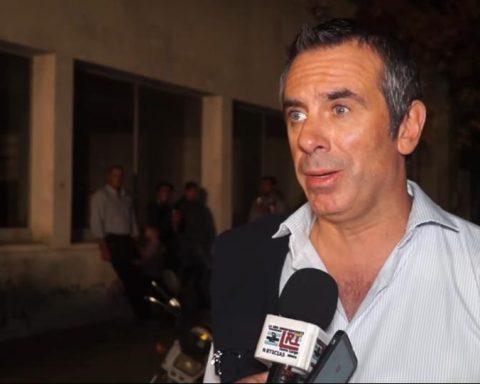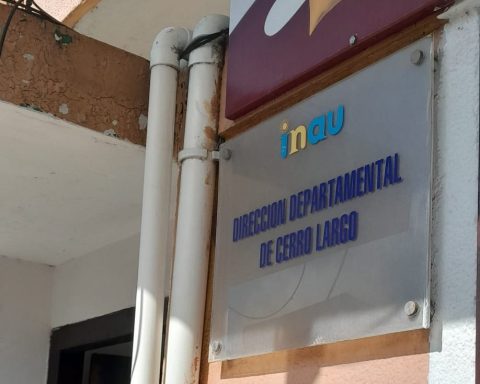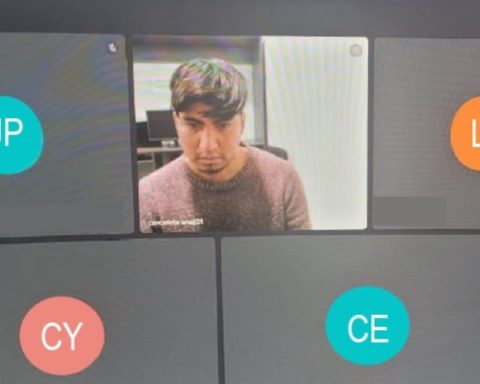At the beginning, the innovation challenges are of the type “we need to grow”, “we want to develop new businesses”, “we want customers to choose us”.
They are navel challenges, thinking from our interests. I have not yet met a company that wants to sell less or earn little. Neither does a nonprofit organization that mounts a strenuous effort to do its job worse, reach fewer beneficiaries, and go backwards in fulfilling its mission. We all want more.
But the market doesn’t care about us. If we frame our innovation challenges only from our interests, the project will be ineffective, inefficient and risky. We have to reframe following several criteria, among them, look from the outside. And for that, you have to work.
pulling the rope
I want to grow. For that I have to make my clients choose me. For that I have to know why they choose me, why not, and why they choose others or simply do nothing. In other words, I have to pull the string to see how the
stuff.
Scene 1: countless hours of managerial/headquarters meetings where people talk and give opinions. At times it seems like a controversy in a bar. Opinions are wielded about what our clients think and bits and pieces of partial information are presented as if they were facts. When deciding to move forward, it is done a) without understanding the problem in depth, b) based on internal opinions, and c) with a solution predicted.
This is very risky. For example, the solution may or may not work, and in both cases we won’t really know why it happened.
Scene 2: “we left the building” (Steve Blank’s catchphrase—considered the father of modern entrepreneurship—) and we are going to understand the situation. We talk to customers. We observe. We collect data. Using structured and well-applied tools, we see the problem from your point of view.
Thus, “we want our customers to always choose us” becomes “we will serve you better in the arrival service”. Because we detect that there we have a “broken experience” where we can differentiate ourselves.
Also “we want to grow in business X” becomes “how could we be the ally of customers when they are in business X?”. Because we detect that the client needs someone to guide him in that area X, not just a simple provider.
Reframing your innovation challenge from a market perspective takes a lot of work, but it’s worth it. Also, it transforms you.
Look outside? Do not look
from outside
For that, I have to leave the stadium of opinion and go out and explore. It is necessary to give clients the opportunity to teach me, get off the pedestal and listen with enthusiasm.
As Manning and Bodine, the authors of the book Outside In, say: “You need your customers more than they need you.” The book is about how companies use customer experience design to develop, starting with the need to take an outside perspective.
That is, reframe. The first step to transform a navel challenge into something we can work with to innovate.
Important note: looking from the outside does not mean sacrificing ourselves for the client without thinking about anything else. we have to balance
with the interests of the business and with the well-being of the collaborators. But that will be a topic for another time.
















